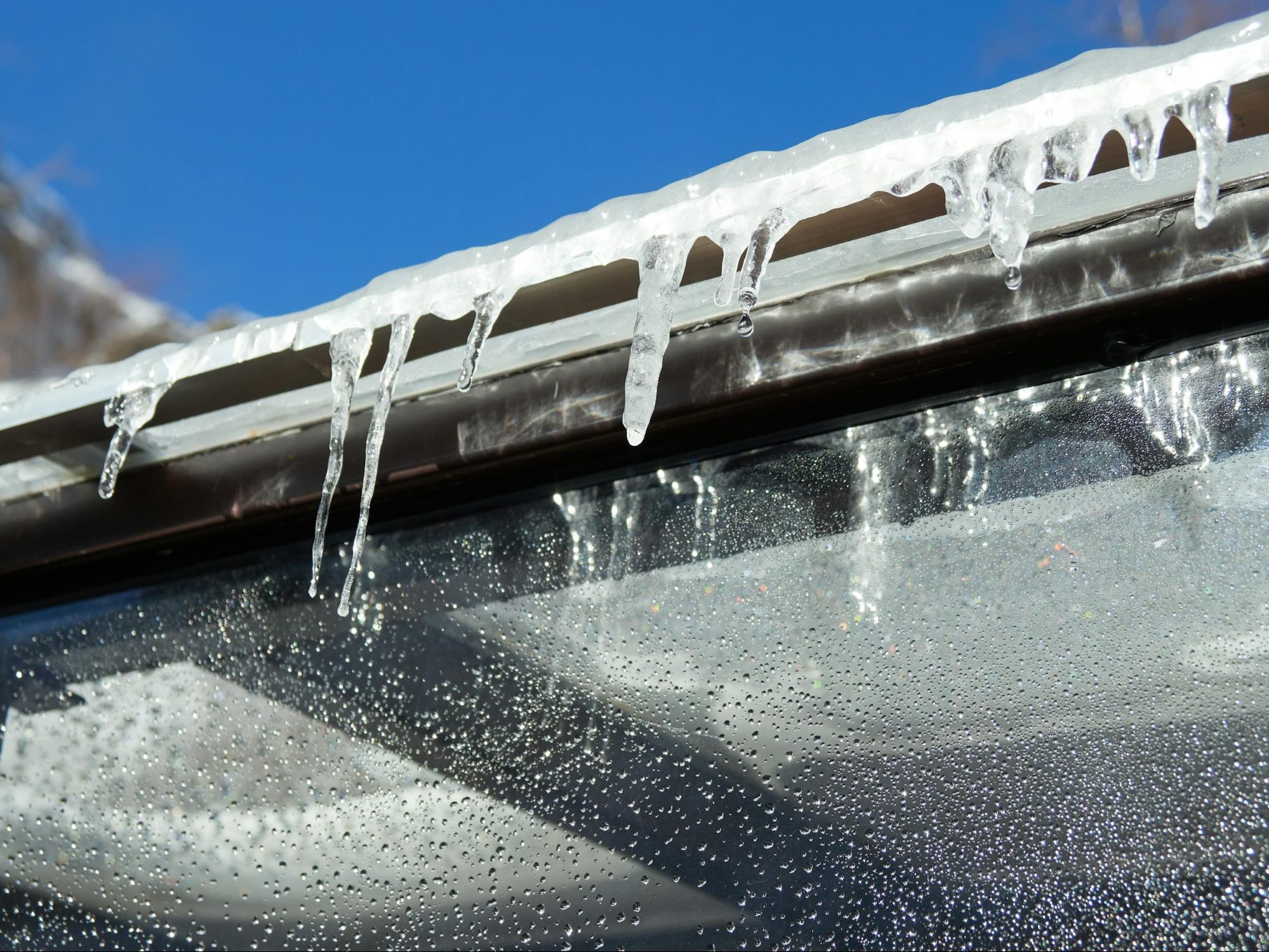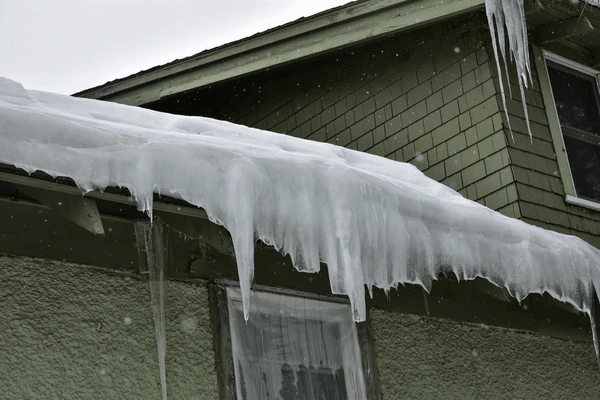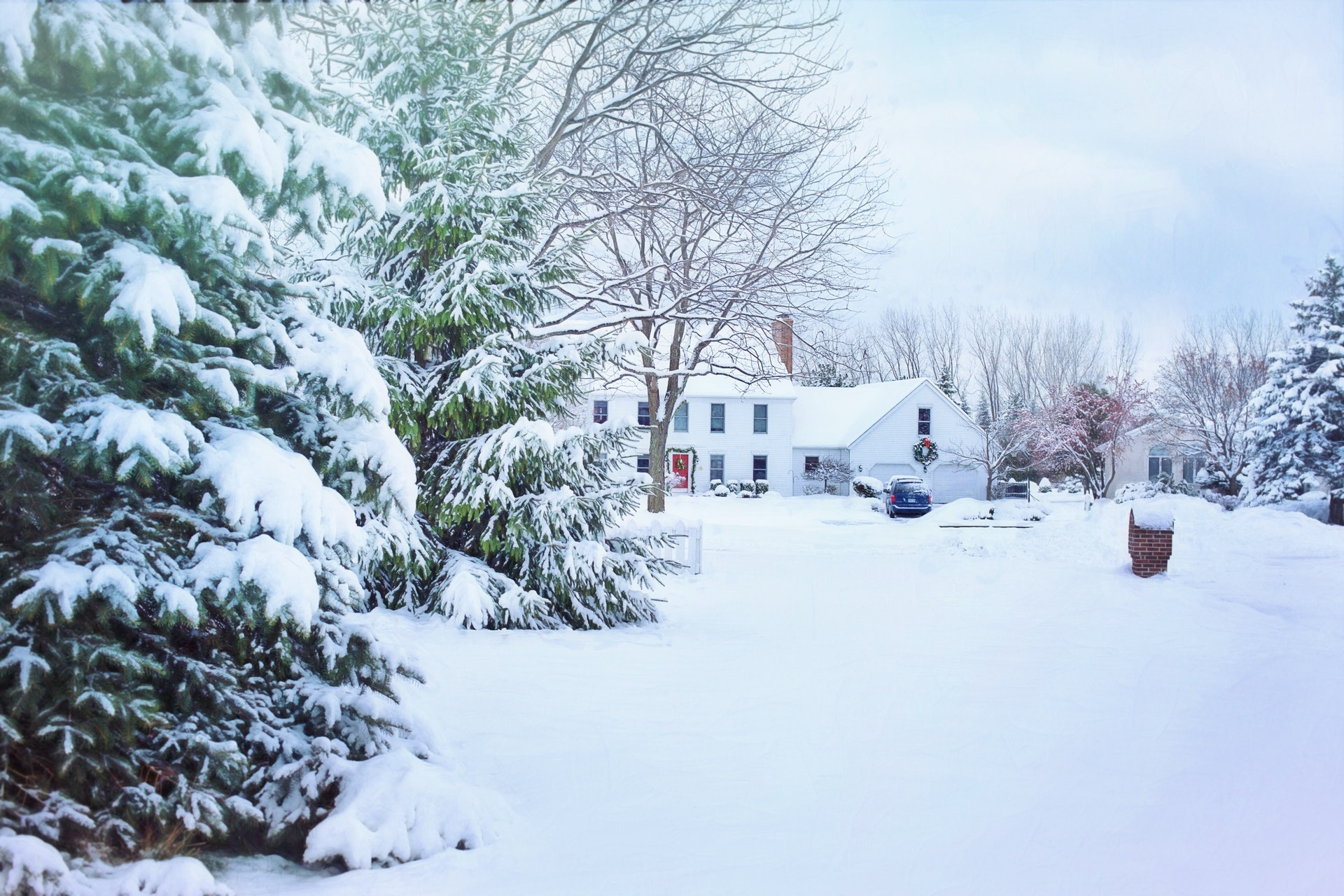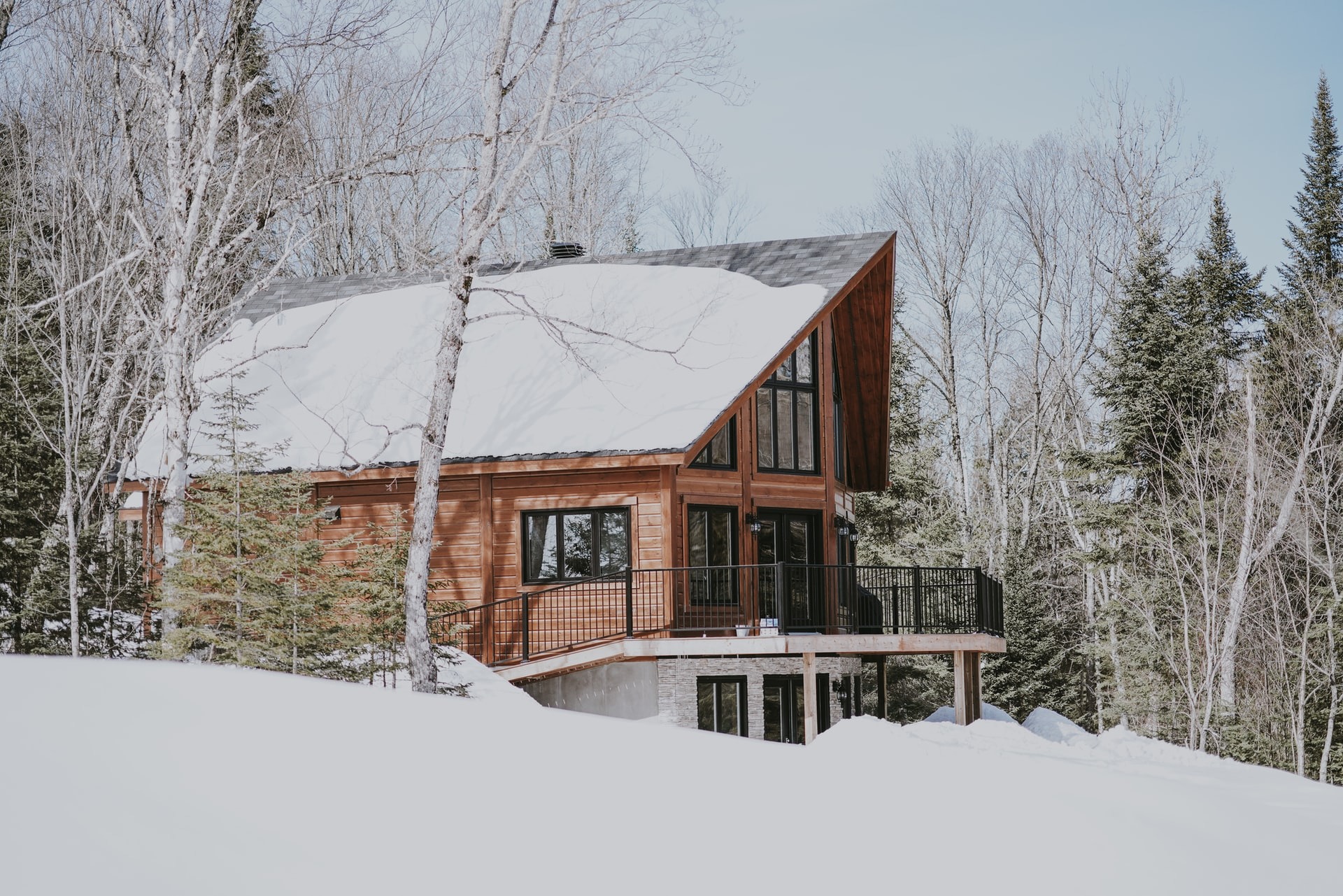Ice dams represent one of the most expensive and damaging winter problems for Quebec homeowners. These accumulations of ice on the edge of the roofs can cause major water infiltration, damage the structure of your home and compromise the integrity of your roof. Understanding their formation and knowing how to effectively prevent them is essential to protect your real estate investment.
How do ice dams form?
The formation of an ice dam is a predictable but insidious process. When heat escapes from your house into the attic, it heats the roof surface. This heat melts the snow accumulated on the upper part of the roof. Meltwater then flows down the roof where the temperature is colder, especially at the eaves that stick out from the house and don't benefit from the indoor heat.
This is where the water refreezes and gradually forms an ice barrier. This barrier prevents subsequent meltwater from flowing normally. The water then collects behind the dam and, with nowhere to go, it seeps under the shingles and into your home.
The main causes of ice dams
Several factors contribute to the formation of ice dams on your roof:
Insufficient attic insulation Inadequate insulation allows heat to easily escape to the roof, creating the perfect conditions for snow to melt. The Quebec Construction Code establishes specific insulation standards that your attic must meet.
Poor ventilation A poorly ventilated attic traps heat and humidity, warming the interior surface of the roof. Adequate ventilation keeps the roof temperature even and close to the outside temperature.
Thermal bridges Air leaks from recessed light fixtures, poorly sealed ventilation ducts, or uninsulated attic access hatches create hot spots on the roof.
Excessive snow accumulation Quebec winters bring abundant snowfalls. A significant accumulation of snow on your roof greatly increases the risk of ice dams forming.

Prevention: the professional approach
Unlike the temporary solutions that some owners attempt to apply themselves, effective ice dam prevention requires a systematic and professional approach.
A qualified tinsmith can assess the condition of your insulation and ventilation to identify weaknesses in your system. Installing self-adhesive protective membranes under shingles, especially in vulnerable areas such as eaves and valleys, provides additional protection against water ingress.
Upgrading roof ventilation, including installing appropriate soffit vents and ridge vents, helps maintain an even temperature across the roof surface. This constant airflow prevents the snow from melting prematurely.
Improving attic insulation, combined with effective sealing of air leaks, significantly reduces heat loss to the roof. These interventions require the expertise of a RBQ certified professional who is familiar with current standards and best installation practices.
Why avoid DIY solutions
Faced with an ice dam, there is a great temptation to climb onto the roof with a hammer or shovel to break the ice. There are significant dangers to this approach. Working on an icy roof in winter exposes you to risk of serious falls. In addition, by trying to break the ice, you riskdamage the shingles, flashings and the roof membrane, creating new problems.
Inappropriately installed heating cables may also cause damage if they are not positioned correctly or if they overheat certain areas of the roof.

Protect your roof with professional expertise
Ice dams are not an inevitable winter accident. With a professional assessment of your roof system, adequate insulation and ventilation, you can effectively prevent their formation and protect your home from costly water infiltrations.

Call on Toiture Couvreur Montréal for a complete inspection of your roof and a personalized prevention plan. Our RBQ certified tinsmiths have the expertise to identify the vulnerabilities of your roof and implement sustainable solutions that will protect your home for the winters to come. Contact us today for a free quote.
FAQ




